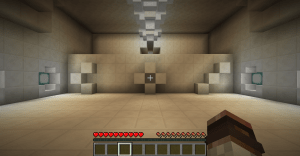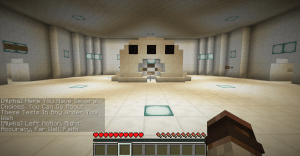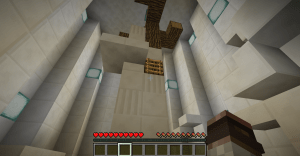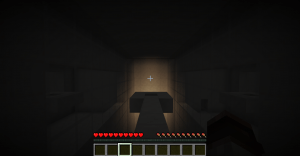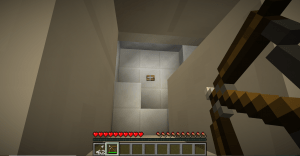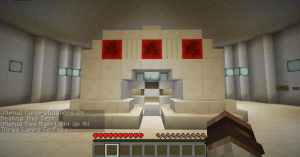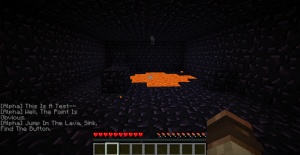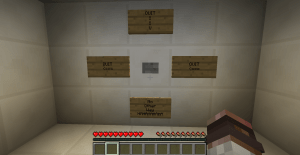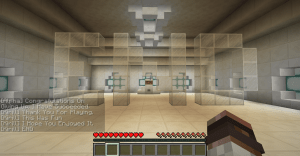What I decided to do for Artwork 3 was making a poster that says “Write down your ideas! What sort of RA/RD event would you actually go to?” and a lot of blank space underneath for in order to let people write underneath. I only did this for the third floor of WVE, which was conveniently the floor I lived on, because it was where the main RA (Resident Assistant) and RD (Resident Director) office in the building are along with the only laundry room and main common area.
It was a little hard to develop the project because I don’t like to take up space or gather any attention to myself. So inspirations of how the project came to be came from From Jen and Derek’s presentation, I noticed that Tactical Media the line ‘anger is an energy’ and ‘create spaces, channels, and platforms for power reversals’. In terms of wanting anonymity, I looked at Michael Rakowitz’s parasite and decided that it’d be less stressful to leave a platform and let others use it how they choose.
Something that always irked me was that the RAs would make events that no one would be interested in and practically no one goes to and the money they’d use for that is chipped in from every resident on their floor. The RAs are nice and always say that we should email them if we have any ideas, but it’s not anonymous and that makes people uncomfortable.
I didn’t want to show myself and keep anonymous. So I decided to make project to at give people a way to write down their ideas and not interact with a human being.
Documentation:
The plan was to keep the poster taped on for a few days and then collect it. I taped the poster near the door of the laundry room which is close to the other areas.
Some of the things written on the paper on the first day such as “bring back the free succulents” and “pizza night, every week. (Just for our floor)(smily face)”. There were more jokey inputs, but one revealed more about problems that needed to be solved such as “free beer, hockey tickets, (I couldn’t read the last thing)” and “return my laundry dollars”.
I kinda hoped for more things written on paper due to the foot traffic to the laundry room, but then I realized that no one carries writing utensils with them when doing laundry and probably don’t want to go out of their way to get one out of their bag when dredging themselves back to their room.
If I was to do this project again. I’d pin a pen near the paper so it’d be more accessible and maybe add the words “collected in # days” like a countdown to give people some sort of urgency to put their ideas down.




